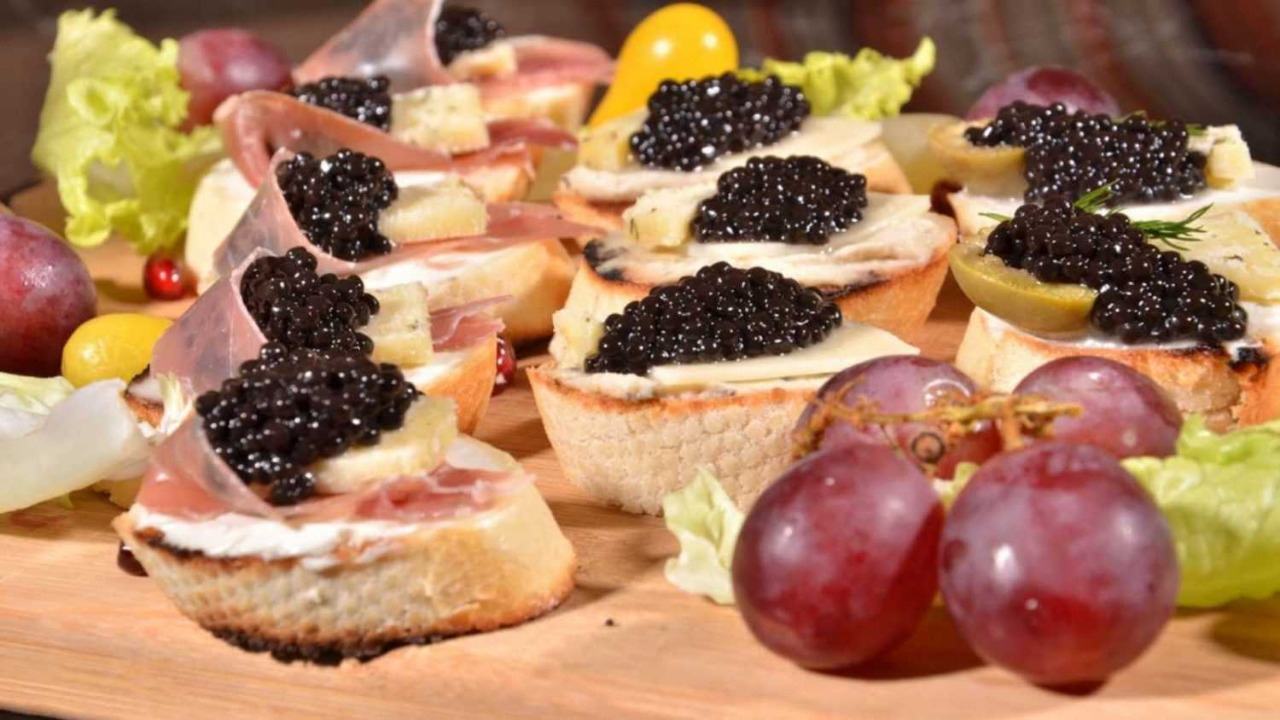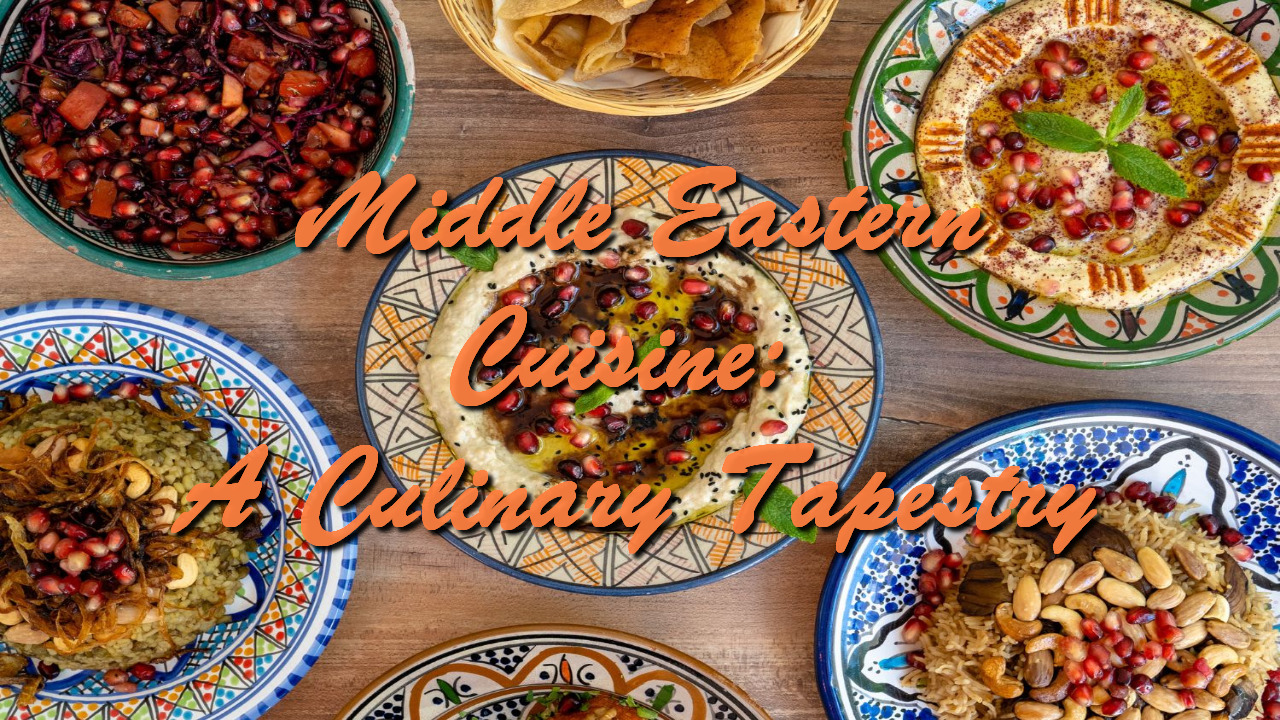Middle Eastern cuisine stands as a testament to the region’s history, culture, and culinary ingenuity. Its unique flavor palette, diverse influences, and emphasis on communal dining set it apart from other Asian cuisines. From the bustling bazaars to the opulent feasts featuring even the likes of beluga caviar for sale, Middle Eastern dishes continue to captivate the taste buds and hearts of food enthusiasts worldwide.
Flavor Palette: A Symphony of Spices

At the heart of Middle Eastern cuisine lies its vibrant and complex flavor palette. While Asian cuisine also boasts a diverse range of flavors, Middle Eastern dishes are characterized by a distinct use of spices such as cumin, coriander, sumac, and saffron. These spices not only add depth and warmth to dishes but also contribute to the region’s unique culinary identity. It’s a flavor profile that stands apart, offering a harmonious blend of earthy, tangy, and aromatic sensations.
Culinary Influences: A Crossroads of Culture
The Middle East’s position as a crossroads of culture is evident in its culinary influences. Unlike other Asian cuisines that are often defined by national boundaries, Middle Eastern dishes draw inspiration from a myriad of cultures, resulting in a rich tapestry of flavors. This is where the Middle East truly shines, as it seamlessly weaves together elements from Mediterranean, Persian, Arabian, and even Central Asian cuisines. The result is a melting pot of flavors that reflect the region’s historical interactions.
Staple Ingredients: From Pomegranates to Pistachios
Middle Eastern cuisine boasts a diverse array of staple ingredients that lend it a unique character. The use of ingredients like pomegranates, dates, olives, and pistachios contributes to both the distinct flavors and the visual appeal of dishes. While these ingredients are also found in Asian cuisines, it’s the way they’re combined and celebrated in Middle Eastern dishes that sets them apart. Each ingredient tells a story, reflecting the region’s agricultural heritage and culinary creativity.
Culinary Extravagance: Exploring Beluga Caviar

Amid the rich tapestry of Middle Eastern cuisine, one can also find moments of culinary extravagance. In some corners of the Middle East, such as Iran, the indulgence of beluga caviar is a testament to the region’s appreciation for luxury ingredients. This prized delicacy, harvested from the sturgeon fish, adds a touch of opulence to certain dishes and gatherings. However, even in these rarefied moments, the essence of Middle Eastern cuisine remains grounded in its historical roots and communal spirit.
Culinary Techniques: From Grilling to Ghee
Middle Eastern cooking techniques contribute significantly to the uniqueness of its cuisine. While grilling and roasting are common methods in both Middle Eastern and Asian cuisines, the Middle East’s use of ingredients like lamb, chicken, and fish, often marinated in aromatic spices, results in a distinct flavor profile. Additionally, the use of ghee (clarified butter) in Middle Eastern cooking adds a rich, buttery depth to many dishes, setting it apart from the oil-heavy cooking methods often found in Asian cuisines.
Cultural Significance: Food as a Bonding Agent
One of the most remarkable aspects of Middle Eastern cuisine is its role as a bonding agent within communities. Meals are often communal affairs, with a strong emphasis on sharing and hospitality. This cultural practice is a cornerstone of Middle Eastern identity, fostering a sense of unity and connection. While similar practices can be found in some Asian cultures, the Middle East’s unique combination of flavors, rituals, and traditions makes its approach to communal dining truly exceptional.
Sweet Endings: The World of Middle Eastern Desserts
No exploration of Middle Eastern cuisine is complete without delving into its exquisite array of desserts. Just as with savory dishes, Middle Eastern desserts draw from a rich tapestry of flavors and ingredients. Nuts, honey, rose water, and phyllo dough come together to create sweet delights that are beloved not only in the Middle East but around the world. These desserts provide a fitting conclusion to a culinary journey that is as rich and diverse as the region itself.
